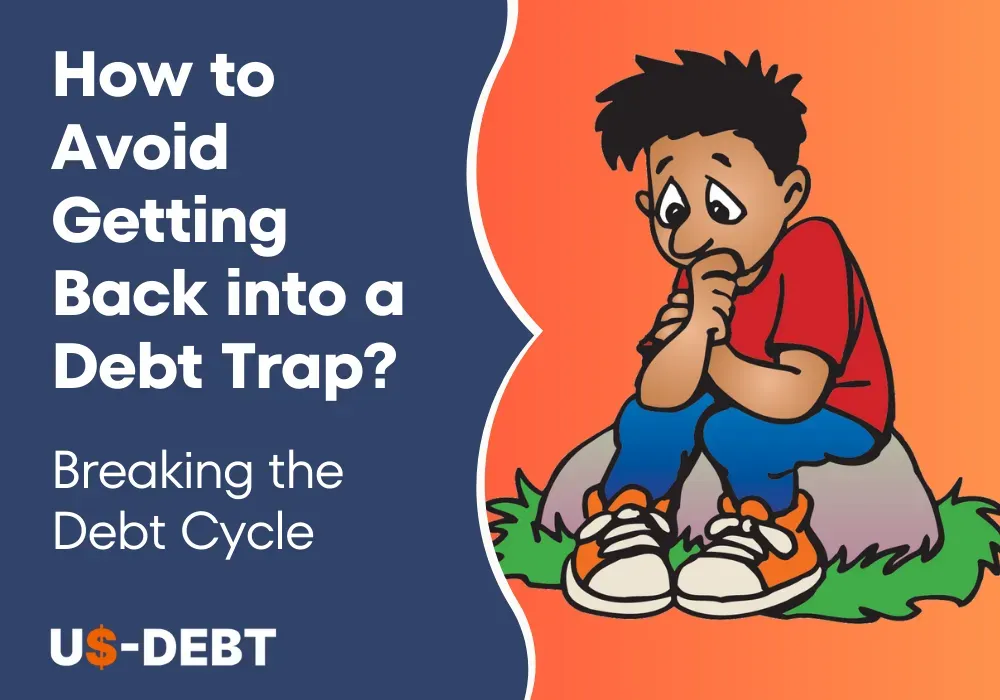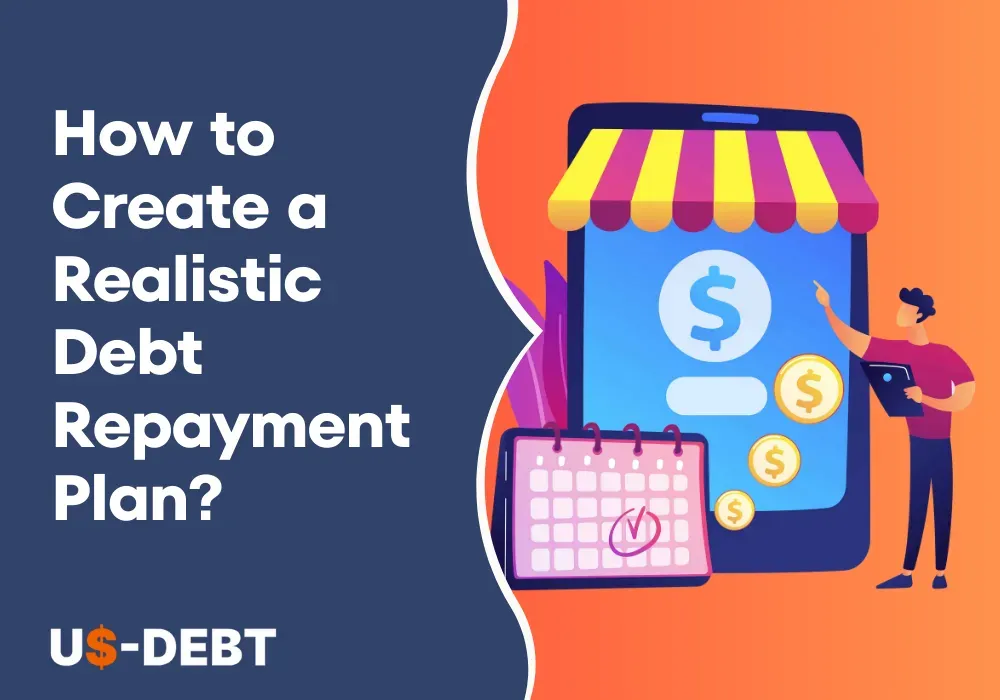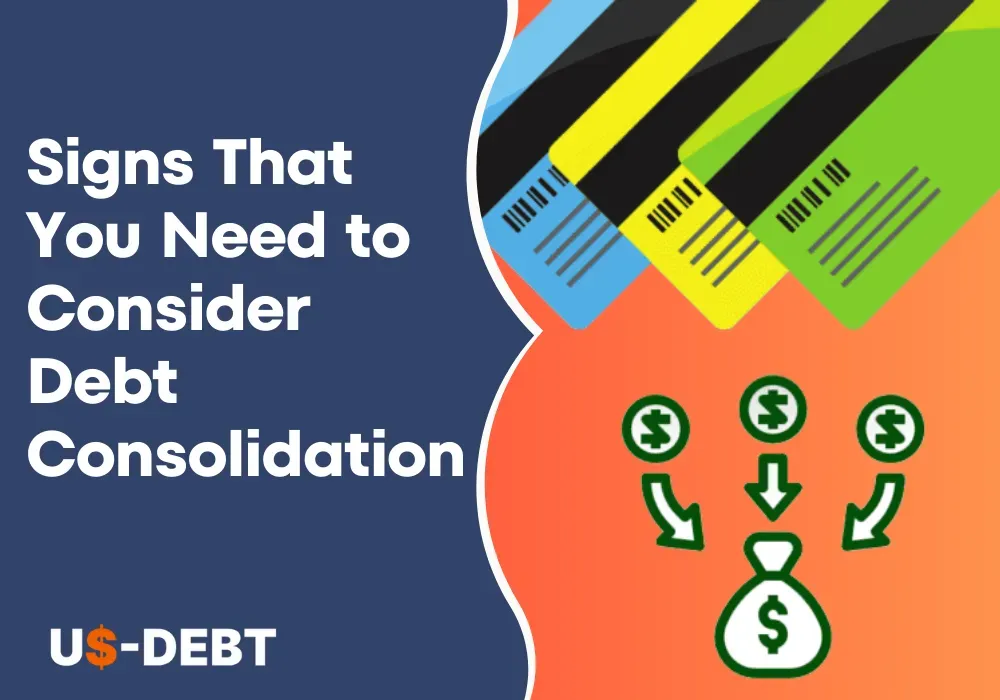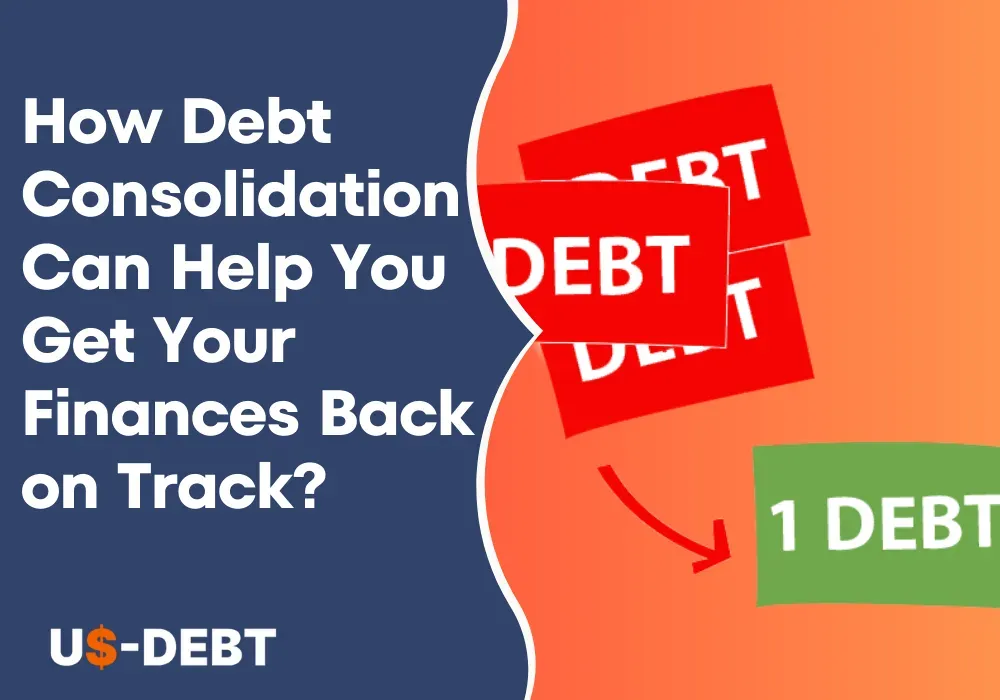In today's fast-paced world, understanding the intricacies of the debt cycle and recognizing the critical importance of escaping the debt trap has never been more crucial. The debt cycle, a term that often floats around financial discussions, refers to the recurring pattern of borrowing and repayment that many individuals find themselves caught in. This cycle can either be a stepping stone toward financial growth or a slippery slope into a debt trap.
Â
Introduction to Debt Cycle and Debt Trap
Â
Understanding the Debt Cycle
The debt cycle starts innocently enough â a young professional takes out a loan to purchase a car or invest in higher education. As time goes on, more financial commitments arise, like credit card bills and mortgages. While managing these debts initially might seem feasible, unforeseen circumstances can disrupt the delicate balance.
Imagine unexpected medical expenses or a sudden job loss. These unforeseen events can upset your financial equilibrium, causing a temporary setback. To cope, you might resort to credit cards or personal loans, inadvertently inching toward the edge of the debt trap. This is where understanding the debt cycle becomes vital.
Short-Term Debt Cycle: The short-term debt cycle typically spans a few months to a couple of years. It often revolves around managing immediate financial needs and obligations. For instance, taking out loans to pay for unanticipated medical costs, auto repairs, or brief income gaps might result in a short-term debt cycle. Even while these debts could be settled quite quickly, if they are not handled well, they might still threaten financial security. Short-term debt cycles emphasize the importance of having emergency funds and proactive budgeting to swiftly navigate unexpected financial challenges.
Long-Term Debt Cycle: The long-term debt cycle encompasses a more extended period, often several years or even decades. It involves major financial commitments such as mortgages, student loans, and sizable credit card balances. These debts, due to their larger amounts and longer repayment terms, can create a prolonged cycle of borrowing and repayment. The long-term debt cycle can impact overall financial health and life choices, as large debt burdens influence decisions related to career, housing, and major life milestones.
Â
Importance of Escaping the Debt Trap
Imagine Debt Trap as a maze with high walls â once you're inside, it's challenging to find your way out. High interest rates on credit card debt and loans can make repayments difficult and turn each month into a juggling act with money.
Making ends meet is crucial, but escaping the debt cycle also entails regaining your tranquility. Your mental and emotional health may suffer if you carry a lot of debt. Sleepless nights spent worrying about bills and future financial stability can become all too common.
Breaking free from the debt trap requires a multifaceted approach. It's about reevaluating your spending habits, creating a realistic budget, and exploring debt consolidation options. Seeking financial advice from experts can provide you with a roadmap towards financial independence.
Â
Recognizing the Warning Signs of Debt Trap
In the intricate web of personal finances, recognizing the warning signs of a looming debt trap is an essential skill that can save you from considerable financial turmoil. It's like having a compass that guides you away from treacherous waters.
Â
Identifying Financial Red Flags
First off, let's discuss the crucial task of identifying those red flags that might be signaling potential danger. Keep an eagle eye on your monthly budget and expenses. Are you consistently spending more than you earn? Do you find yourself resorting to credit cards for routine purchases? These are early signals that you might be on the path to a debt trap.
Another red flag to watch out for is making only minimum payments on your credit card balances. While it might seem like a short-term relief, it's a long-term setup for accumulating interest and larger debts. If your emergency fund is consistently running dry due to unexpected expenses, it's time to reassess your financial strategies.
Â
Acknowledging Unhealthy Debt Patterns
Acknowledging unhealthy debt patterns takes a blend of honesty and courage. Reflect on your financial habits â are you frequently borrowing just to cover existing debts? This cycle can lead to a snowball effect where debt keeps piling up, eventually becoming overwhelming.
Watch out for the "robbing Peter to pay Paul" scenario, where you take out new loans to repay old ones. This might offer temporary relief, but it's a glaring sign that the debt trap is tightening its grip. Also, monitor your emotional reactions to financial stress. If you're constantly feeling anxious or overwhelmed, your debt might be silently affecting your mental well-being.
Â
Analyzing the Root Causes of Debt
To truly understand the dynamics of the debt cycle and the looming debt trap, one must research deep into the root causes that set this intricate process in motion.
Â
Exploring Impulse Spending Habits
Impulse spending habits, like sirens tempting sailors, can lead even the most financially prudent individuals astray. The allure of instant gratification, often fueled by clever marketing strategies, can coax us into making purchases beyond our means. That seemingly harmless swipe of a credit card can be the seed that grows into a towering debt tree.
It's essential to recognize and address these impulses head-on. Creating a budget and sticking to it can act as a sturdy anchor, keeping your financial ship steady amidst the waves of consumerism. Being mindful of your spending choices can go a long way in preventing the debt cycle from taking over.
Â
Unforeseen Medical Expenses: A Common Trigger
Life's unpredictability is a constant reminder of our vulnerability, and one common trigger that sends many into the arms of the debt trap is unforeseen medical expenses. A sudden illness, an accident, or the need for a medical procedure can swiftly drain savings and push individuals towards borrowing to cover these unexpected costs.
While you can't predict every twist and turn, you can prepare. Establishing an emergency fund is akin to building a safety net beneath the tightrope of life. It provides a buffer against the financial strain that medical emergencies can bring, lessening the chances of succumbing to the debt cycle.
Â
Role of Unemployment and Income Instability
The rollercoaster of employment and income stability plays a significant role in the debt equation. A sudden job loss can disrupt your financial equilibrium, making it challenging to keep up with regular expenses, let alone existing debts. The pressure to maintain a certain standard of living amidst income fluctuations can lead to borrowing to bridge the gaps.
Developing multiple streams of income and enhancing your skill set can act as a shield against the instability of the job market. It's like fortifying the walls of your financial castle, making it more resilient in the face of economic uncertainties.
Â
Understanding the Debt Cycle and Its Impact
In the intricate dance of personal finances, the debt cycle emerges as a central player, influencing lives in profound ways.
Â
What is the Debt Cycle?
Imagine the debt cycle as a series of interconnected steps, each influencing the next. It commences innocuously with the accumulation of debts â loans, credit card balances, mortgages, and more. This phase can be likened to the gentle gathering of clouds before a storm. As debts accumulate, the burden gradually intensifies, leading to a significant impact on one's financial landscape.
Exploring the Debt Accumulation Phase: The debt accumulation phase often begins with aspirations â a new car, a home, or educational pursuits. However, as desires transform into reality, the accompanying financial commitments can become overwhelming. Gradually, the debts pile up, and the cycle takes shape. Managing these debts becomes a juggling act, one that requires careful planning and diligent execution to prevent slipping into the clutches of a debt trap.
Burden of High-Interest Rates: The debt cycle is further fueled by the burden of high interest rates. Imagine these rates as the storm winds that whip the waves higher. Credit card balances and loans accrue interest, making repayments a daunting challenge. High interest rates can cause debt to swell rapidly, turning a manageable situation into a precarious one.
Â
Far-Reaching Consequences of the Debt Cycle
The impact of the debt cycle extends beyond the realm of finances, seeping into various facets of life.
Strain on Mental and Emotional Well-being: As debts mount, so does the strain on mental and emotional well-being. The constant worry about repayments, interest rates, and the fear of drowning in debt can take a toll. Sleepless nights and anxiety become unwelcome companions, eroding the quality of life.
Impaired Financial Decision-Making: Under the weight of the debt cycle, rational financial decision-making can become clouded. The desire for quick fixes and immediate relief might lead to impulsive choices, exacerbating the situation. Clear thinking gives way to short-term solutions that perpetuate the cycle.
Â
Key Strategies for Breaking Free from Debt
Breaking free from the clutches of debt requires a strategic approach that combines awareness, planning, and determination.
Â
Assessing Your Current Financial Situation
The first step towards financial liberation is to assess your current situation with a discerning eye. This involves two critical components:
Calculating Debt-to-Income Ratio: Imagine your financial situation as a puzzle â the debt-to-income ratio is a piece that holds the whole picture together. This ratio gauges the proportion of your income that goes towards debt repayment. A high ratio signals a heavy debt load, while a balanced one indicates a healthier financial state. Calculate this ratio to understand the extent of your debt burden.
Identifying Necessary vs. Unnecessary Expenses: In the realm of spending, not all expenses are created equal. Distinguish between necessary expenditures (like housing, groceries, and utilities) and unnecessary ones (like dining out excessively or impulse purchases). This differentiation forms the foundation for efficient budgeting.
Â
Building a Realistic Budget and Debt Repayment Plan
Creating a roadmap toward debt freedom requires a well-structured plan that accommodates your unique financial circumstances.
Allocating Funds for Debt Repayment: Imagine your budget as a puzzle board, and debt repayment as the central piece. Allocate a realistic portion of your income towards paying off debts. Prioritize high-interest debts first, aiming to eliminate them swiftly. As each debt vanishes, redirect those funds to tackle the next one in line.
Emergency Fund Creation: Life's unpredictability is a constant reminder of the need for an emergency fund. Unexpected expenses can thwart even the most meticulous plans. Building an emergency fund is akin to constructing a safety net beneath your financial tightrope. It cushions you against unforeseen blows, reducing the chances of resorting to debt when emergencies strike.
Â
Exploring Debt Consolidation and Refinancing
When facing a tangle of debts, exploring options like debt consolidation and refinancing can be a game-changer.
Pros and Cons of Debt Consolidation: Imagine debt consolidation as a skilled weaver who takes the threads of multiple debts and transforms them into a single, manageable strand. You might cut interest rates and streamline your payback procedure by combining many obligations into one. But it's crucial to strike a balance between the positives and negatives. Lower borrowing rates could be attractive, but extending the repayment term might raise costs all around. Choose wisely, considering your financial situation.
Navigating the Refinancing Process: Refinancing is like giving your finances a makeover â it involves replacing an existing loan with a new one, ideally with better terms. This can result in lower monthly payments or a quicker payback schedule. However, you must go cautiously through this procedure. Understand the associated costs and compare the new terms against the existing ones. A well-informed decision can lead to significant savings and a smoother path to debt freedom.
Â
Art of Responsible Credit Management
Credit cards, like double-edged swords, can be both beneficial and harmful to your financial journey.
How Credit Cards Can Be Both Beneficial and Harmful: Credit cards offer convenience and can even boost your credit score if used responsibly. They provide a safety net during emergencies and offer rewards for savvy users. However, they can also become a slippery slope to debt if mismanaged. High interest rates and the allure of spending beyond your means can lead to a cycle revolving around debt.
Smart Strategies for Using Credit Wisely: Using credit cards wisely is akin to mastering a delicate dance. Pay your balance in full each month to avoid interest charges. Keep your credit utilization ratio low â this is the proportion of your available credit you're using. Aim to use credit for planned, essential expenses rather than impulsive buys. By using credit as a tool rather than a crutch, you can harness its benefits while avoiding its pitfalls.
Â
Nurturing Financial Wellness for Long-Term Success
Achieving lasting financial wellness is a journey that requires thoughtful planning and consistent effort.
Â
Power of Saving and Investment
Savings and investments are the seeds you sow today to reap a bountiful harvest tomorrow.
Establishing a Solid Savings Plan: Imagine your savings as a safety net that cushions you against unexpected financial storms. Establishing a solid savings plan involves setting aside a portion of your income regularly. Think of it as a non-negotiable expenditure, similar to bills or food. Your peace of mind increases as your savings do.
Introduction to Passive Income Streams: Passive income streams are like little financial soldiers working even when you're not. Think of rental properties, dividends from investments, or online businesses that generate income without constant active involvement. Exploring these avenues can provide an additional layer of financial security, enhancing your long-term success.
Â
Cultivating Healthy Financial Habits
Cultivating healthy financial habits is like tending to a garden â with consistent care, it flourishes.
Importance of Regular Financial Check-ins: Just as you'd perform maintenance on a car, regular financial check-ins are crucial to keeping your finances on track. Spend time looking through your finances, keep records of your expenditures, and evaluate how well you are doing in terms of your financial objectives. This habit keeps you connected to your financial journey and helps you make necessary adjustments.
Importance of Smart Credit Card Management: Understand the terms of your credit cards, including interest rates, fees, and rewards programs. To prevent interest from building up, pay off your debt in full each month. To prevent slipping into the overspending trap, only use credit cards for scheduled expenses. By using credit cards responsibly, you can harness their benefits without falling prey to debt.
Â
Seeking Professional Financial Help
There is no shame in asking someone with financial knowledge for advice.
When to Consider Financial Counseling: If your financial journey feels like a maze you can't navigate alone, consider seeking financial counseling. A professional can aid in your scenario analysis, personal plan creation, and goal-setting. It's an initiative to protect your financial stability.
Understanding Bankruptcy: Bankruptcy is a serious decision that should only be considered as a last resort. It's a legal process that might potentially relieve extremely heavy debt, but it also has significant side effects. Before deciding on this course of action, get advice from financial experts if you are struggling with overwhelming debt.
Â
Avoiding Future Debt Traps
The path to a debt-free future is paved with knowledge, awareness, and strategic decision-making.
Â
Strengthening Your Financial Literacy
Understanding the intricate workings of finance is like equipping yourself with a powerful shield against future debt traps.
Understanding Interest Rates and Terms: Interest rates can make or break a debt obligation. Take the time to understand how interest works, especially when it comes to loans and credit cards. This knowledge empowers you to make informed decisions and choose options with favorable terms.
Distinguishing between Good and Bad Debt: Not all debts are created equal. A house loan or school loan is an example of good debt that may be an investment in your future. Bad debt, on the other hand, can be harmful since it charges excessive interest for frivolous expenditures. Learn to differentiate between the two and prioritize investments over liabilities.
Â
Making Informed Purchasing Decisions
Every financial choice is a stepping stone toward your goals. Make them count.
Evaluating Needs vs. Wants: Before making a purchase, ask yourself if it's a genuine need or a mere want. By making a distinction between the two, you'll be less inclined to make impulsive purchases and spend excessively.
Researching Big-ticket Items: Big-ticket purchases warrant extra scrutiny. Research extensively before committing to significant expenses like a car or home. You may avoid buyer's regret and other debt traps by having a thorough understanding of the market, pricing, and financing choices.
Â
Maintaining Consistency and Perseverance
Building a strong financial foundation requires dedication and persistence.
Staying Committed to Debt-Free Goals: Envision your debt-free future as a destination and stay committed to reaching it. Create specific, achievable goals and track your progress. This commitment will fuel your determination to overcome obstacles along the way.
Overcoming Setbacks and Staying Motivated: Financial journeys are rarely linear. Setbacks may occur, but they shouldn't deter you from your path. Stay motivated by reminding yourself of your goals and the freedom that comes with financial independence. Use setbacks as learning opportunities and adjust your strategy accordingly.
Â
Conclusion
In conclusion, achieving financial freedom and breaking the debt cycle require a combination of prudent financial management, informed decision-making, and the cultivation of healthy financial habits. By understanding the debt cycle, implementing effective debt repayment strategies, and embracing sound financial practices, you can navigate toward a future of lasting financial stability and independence.
Â
FAQs
What exactly is the debt cycle?
The debt cycle refers to the pattern of borrowing and repaying debts that many individuals find themselves caught in. It often starts with taking on debt for various reasons, followed by attempts to manage those debts. However, unforeseen circumstances, high interest rates, and increasing debt burdens can lead to a cycle of continuous borrowing and repayment, creating a challenge to break free from.
Â
How does a high interest rate contribute to the debt cycle?
High interest rates act as a weight on debt repayment. When interest accumulates faster than you can pay off the principal, debts grow rapidly. This can make it difficult to make significant progress in reducing your debt balance, perpetuating the cycle.
Â
Can debt consolidation help in breaking the debt cycle?
Yes, debt consolidation can be a useful tool for breaking the debt cycle. Consolidation involves combining multiple debts into a single, manageable payment. It can lower interest rates and simplify repayment. However, it's essential to evaluate the terms and consider the potential impact on your overall financial situation.
Â
What are some common signs that indicate a potential debt trap?
Making minimal credit card payments consistently, utilizing credit for regular costs, using one debt to pay off another, and finding it difficult to meet basic requirements owing to debt commitments are all warning signs of a possible debt trap. It's advisable to reevaluate your circumstances if paying off debt takes up a sizable percentage of your income.
Â
Is all debt detrimental, or are there exceptions?
Not all debt is detrimental. You may think of good debt, like a house or student loan, as an investment in your future. These loans may eventually result in long-term gains that offset their expenses. However, excessive high-interest consumer debt should be approached with caution.
Â
How can emergency funds prevent falling back into debt?
Emergency funds act as a safety net during unexpected financial challenges, such as medical expenses or job loss. By having a reserve of funds set aside, you can cover these unexpected costs without resorting to additional borrowing, helping you stay on track with your financial goals.
Â
Are there government programs that can assist with debt relief?
Yes, some government programs and nonprofit organizations offer debt relief options for individuals facing financial hardship. These could involve debt counseling, settlement with creditors, and help with payback schedule creation. To find out what possibilities are accessible to you, look into local resources.
Â
What are some common financial pitfalls to avoid?
Overspending on unneeded things, failing to make a budget, racking up high-interest credit card debt, and neglecting to save for emergencies and long-term objectives are all examples of common financial errors. Your ability to achieve financial progress and escape the debt cycle may be hampered if you fall into one of these traps.



